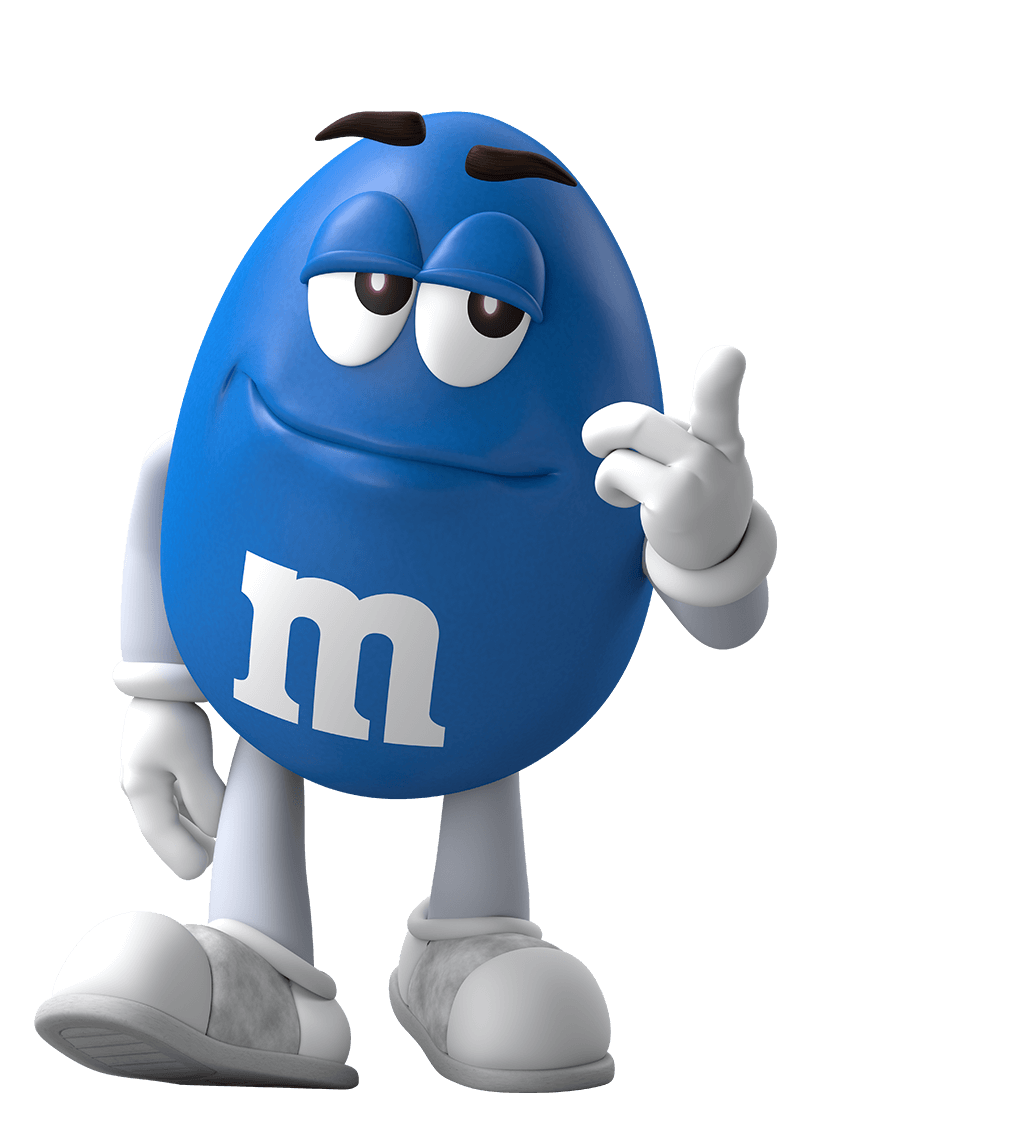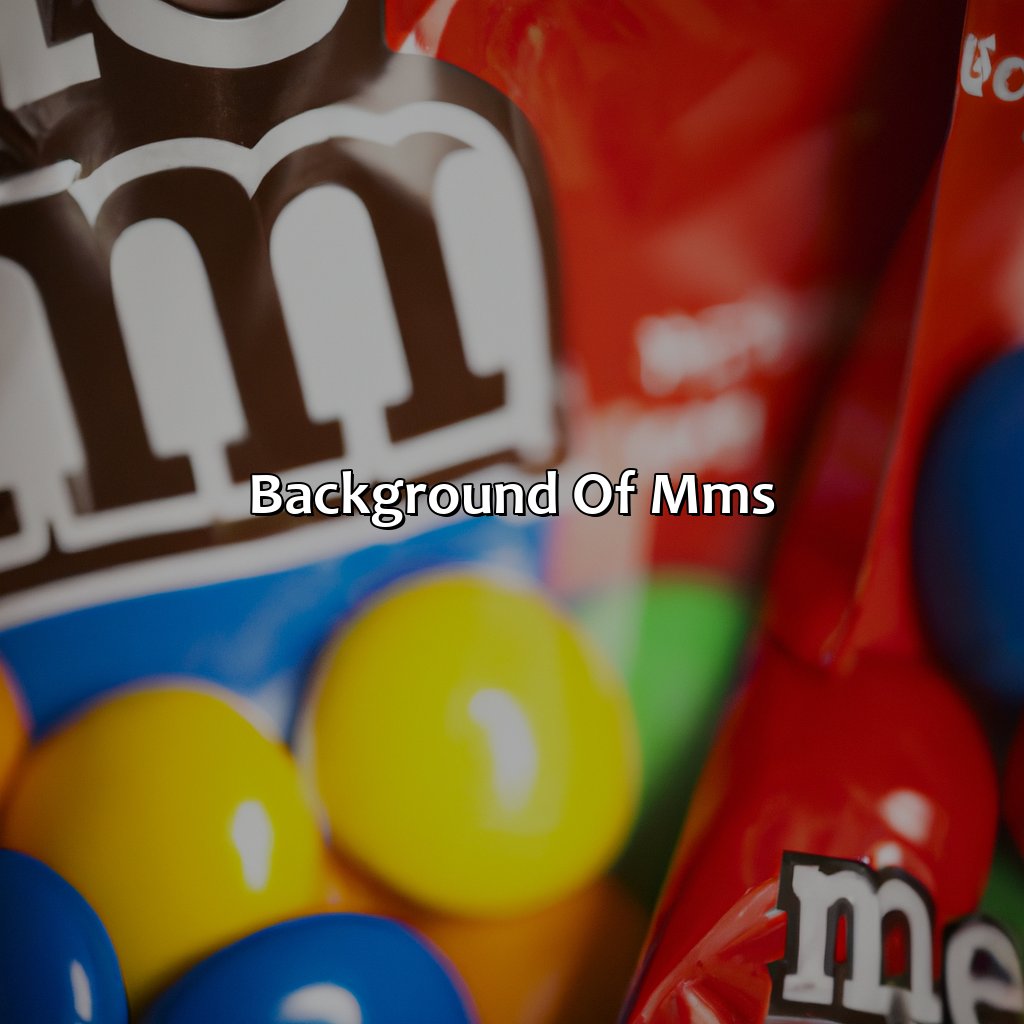M&M's Color Evolution: The Story Of Blue's Arrival & Tan's Exit
What vibrant hue once vanished, making way for the now-ubiquitous blue in the colorful world of M&Ms? The story of this iconic candy is a tale of evolution, and the answer holds a sweet surprise for anyone with a taste for history.
For decades, M&Ms have represented the very essence of fun, flavor, and a kaleidoscope of colors. Each tiny, bite-sized treat carries a rich history, dating back to its inception during the tumultuous years of World War II. The continuous transformation of colors in M&Ms is more than just a simple cosmetic change; it's a reflection of the changing times, cultural shifts, and the ever-evolving preferences of the consumers who adore them.
In this journey, we'll delve into the fascinating narrative of M&Ms, pinpointing the specific color substitution that ushered blue into the mix. By the conclusion, you'll have a deeper understanding of why this decision was made and the subsequent impact it had on the candy industry.
- Masafunone Your Guide To Entertainment In The Digital Age
- Lori Greiners Marriage Unveiling Her Husband Love Story
| Subject | Details |
|---|---|
| Candy Brand | M&Ms |
| Founder | Forrest E. Mars Sr. |
| Year Founded | 1941 |
| Parent Company | Mars, Incorporated |
| Original Colors | Brown, Green, Red, Yellow, Violet |
| Color Replaced by Blue | Tan |
| Year Blue Introduced | 1995 |
| Reason for Color Change | Public Vote |
| Marketing Strategy | Color Psychology, Consumer Engagement |
| Reference | Mars, Inc. Official Website |
M&Ms first emerged onto the market in 1941, a product of Mars, Inc., during the throes of World War II. The initial design was ingenious: a candy that could withstand the heat, making it perfect for soldiers deployed in the field. Over the years, M&Ms have not only evolved in terms of flavor but also in their colorful appearance, mirroring the ever-changing tastes of consumers worldwide.
The original packaging of M&Ms featured a relatively limited selection of colors, but this soon expanded to a more extensive palette. Each color change was carefully considered, aligned with market demands, and tuned to the preferences of the consumers.
Colors have always played a vital role in branding and marketing. For M&Ms, each hue represents a unique identity and appeal. The decision to introduce new colors or phase out existing ones is driven by meticulous market research and invaluable consumer feedback.
- Vail Bloom Chris Pine Inside Their Love Story Relationship Secrets
- Movierulzcom Is It Safe Risks Legality Alternatives
When M&Ms first made their debut, the initial colors were brown, green, red, yellow, and violet. These hues were carefully selected for their visual appeal and to create a diverse palette that would immediately grab the attention of consumers.
- Brown Representing the chocolate core
- Green Symbolizing freshness and nature
- Red Associated with passion and excitement
- Yellow Conveying happiness and joy
- Violet Adding a touch of sophistication and elegance
The initial selection of colors was meticulously chosen, based on traditional marketing strategies and a deep understanding of the psychological effects that colors have on consumers. Each color was carefully picked to evoke specific emotions and associations with the brand, creating a strong connection with the target audience.
In 1995, M&Ms made a noteworthy shift by introducing blue into its lineup. This decision was not arbitrary but the result of a public vote that garnered millions of votes from consumers around the globe. The addition of blue marked a pivotal moment in the brand's history, solidifying its position as a leader in innovation and consumer engagement.
Blue is often associated with feelings of calmness, trust, and reliability. These qualities made it an ideal choice for a brand that prides itself on consistency and quality. The introduction of blue also gave a modern and contemporary touch to the classic M&Ms palette, making it even more appealing to a wider audience.
The year 1995 saw Mars, Inc., launch a creative campaign to let consumers decide which new color would join the M&Ms family. The options were blue, pink, and purple. Following a massive public vote, blue emerged as the clear winner, capturing the hearts of millions of loyal fans.
This campaign was truly groundbreaking in the world of marketing. It perfectly demonstrated the power of consumer participation and set a precedent for other brands to engage their audiences in similar ways. The success of the campaign also underscored the importance of actively listening to the preferences of the consumers, building a strong relationship with their base.
When blue was introduced, it replaced the color tan. Tan had been part of the M&Ms lineup since the early days, but it was eventually phased out to make room for the more vibrant and modern blue. This decision was carefully made, based on consumer feedback and extensive market research, highlighting the brand's commitment to staying relevant and appealing to its target audience.
Tan, while visually distinct, lacked the emotional resonance that blue brought to the table. The shift from tan to blue reflected a broader trend towards brighter and more engaging colors in the candy industry. This change was enthusiastically received by consumers and helped M&Ms maintain its competitive edge, further solidifying its market position.
Colors play a significant role in consumer behavior and decision-making. Brands like M&Ms leverage this knowledge to create products that deeply resonate with their target audience. Blue, in particular, is often associated with feelings of trust, stability, and calmness, making it a powerful choice for marketing purposes, and adding more value to the brand.
Research shows that colors can greatly influence mood, perception, and even purchasing decisions. By carefully selecting colors that align with their brand identity, companies can create a stronger and more lasting connection with their customers. M&Ms' decision to introduce blue was a strategic move, to enhance its overall appeal, and expand its reach within the market.
Consumer preferences are vital in shaping market trends. Companies that fail to adapt to these changes risk losing relevance and market share. M&Ms' ability to listen to its customers and respond to their preferences has been a key factor in its continued success over the years.
By actively engaging consumers in decision-making processes and staying in tune with market trends, M&Ms ensures that its products remain fresh, exciting, and relevant. This proactive approach has helped the brand maintain its status as a leader in the candy industry, and a favorite among consumers.
The introduction of blue had a significant impact on the M&Ms brand. It not only expanded the color palette but also reinforced the brand's reputation for innovation and consumer engagement. This change resonated with fans worldwide, further cementing M&Ms' place in popular culture, creating a lasting legacy.
The addition of blue has had long-lasting effects on the M&Ms brand. It has inspired new product lines, marketing campaigns, and even collaborations with other brands. This strategic move has contributed to the brand's sustained growth and success over the years, proving that adapting to consumer preferences is key.
When M&Ms introduced blue, competitors in the candy industry took notice. Many brands followed suit by exploring new color options and engaging consumers in similar campaigns. This trend highlighted the importance of innovation and adaptability in the competitive world of confectionery. The industry as a whole was revitalized, creating a more dynamic environment.
Competitors responded by launching their own color-focused campaigns, emphasizing the unique qualities of their products. This competitive environment pushed all players in the industry to raise the bar, ultimately benefiting consumers with more diverse and exciting offerings, as a result of the constant innovation.
As the candy industry continues to evolve, M&Ms remains at the forefront of innovation. The brand has hinted at the possibility of introducing new colors in the future, driven by consumer feedback and market trends. Fans eagerly anticipate what the next color might be and how it will enhance the M&Ms experience.
While no official announcements have been made, speculation about future colors is rampant among fans. Some suggest that orange or purple could be contenders, given their popularity in other candy brands. Whatever the outcome, one thing is certain: M&Ms will continue to surprise and delight its loyal followers, by understanding and meeting the desires of their consumers.
- Bolly4youcom Your Gateway To Bollywood Movies More
- Vad Seed Revolutionizing Agriculture For A Sustainable Future

Blue M&M'S Wiki Fandom

Looking for cute sea life printables for kids? Check out these free

What Color Did Blue Replace In 1995 When It Was Introduced To The